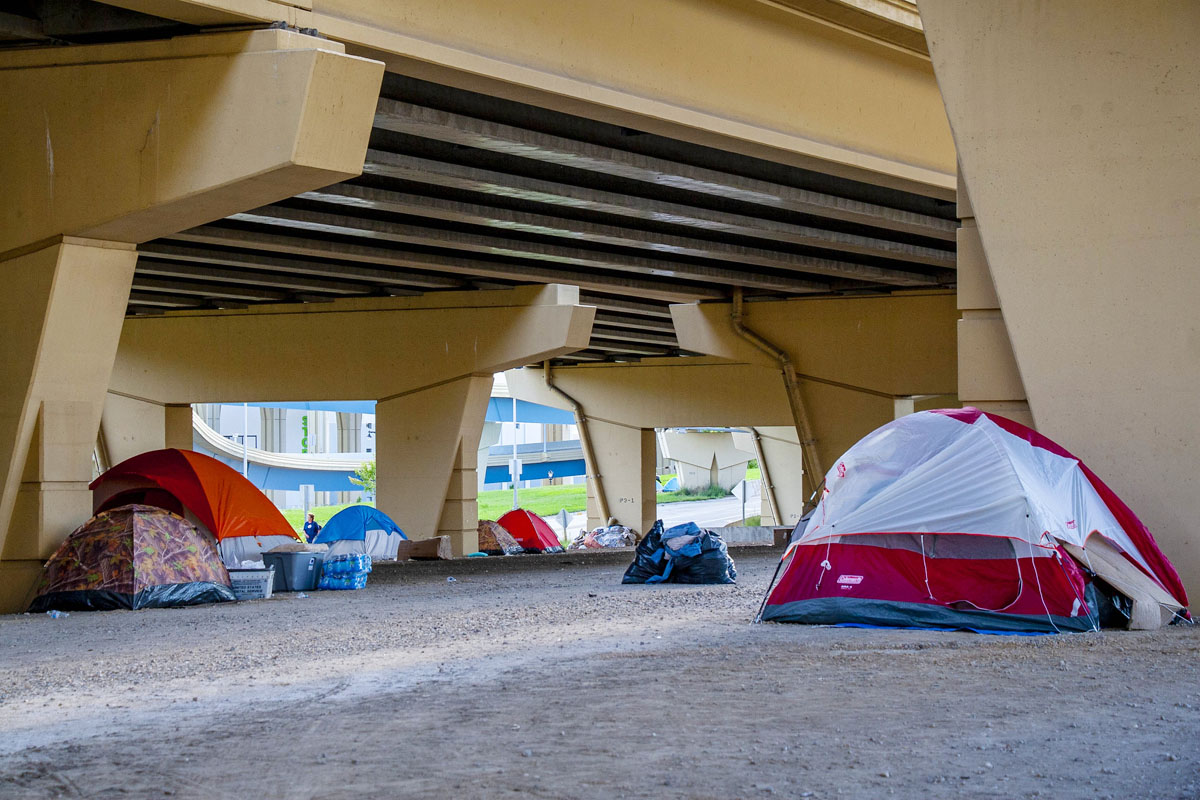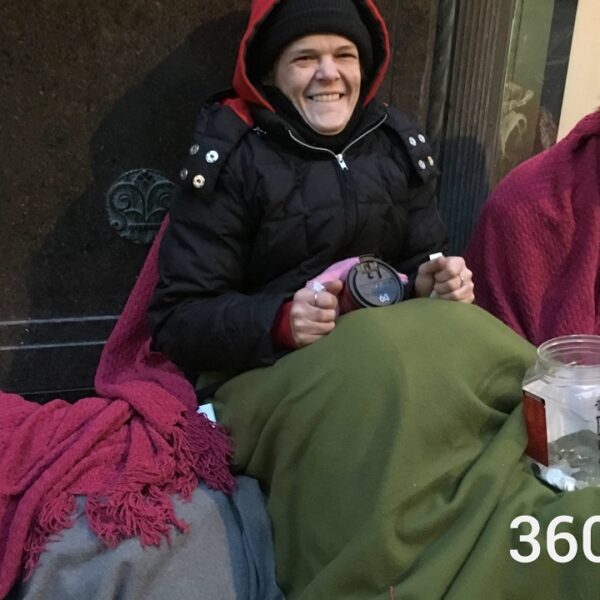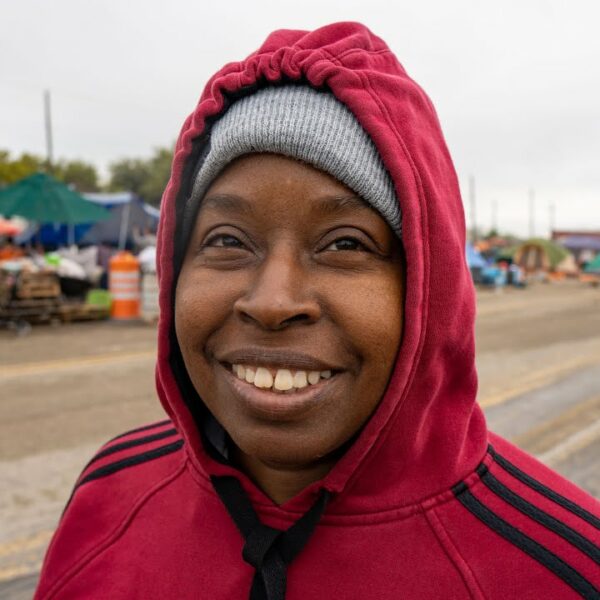The COVID-19 pandemic has aggravated an already critical rental crisis.
In 2017, almost half of renters spent more than half of their income on housing. That is a hefty rent burden. In cities like Los Angeles, sky-high rent prices meant housing insecurity was a threat for many even before coronavirus. To make matters worse, renters are more likely to work in industries vulnerable to employment shocks, such as hospitality.
Thanks to the pandemic, many people have become unemployed almost overnight. Combine all these factors and you have a formula for increased homelessness.
Without a steady flow of income, paying expensive rent may become unattainable for many. Without help, many renters are likely to move to the city streets and become homeless.
State and federal unemployment aid, along with eviction freezes, has helped many renters remain stably housed during COVID-19. But at the end of July, supplemental unemployment from the Coronavirus Aid, Relief, and Economic Security (CARES) Act ends. This means that many renters – especially those without current work – are pushed into a dark and daunting situation.
The Urban Institute estimates that when state and federal unemployment assistance expires, $15.5 billion per month would be required for renters. This would be necessary for renters who were cost-burdened before coronavirus spread, and for renters who became unemployed.
It seems COVID-19 increases the severity of the rent burden, and the urgency for help. But will vulnerable renters continue to be protected from eviction once the CARES act expires? Or will we see an increase in homelessness on the streets of America?
Let’s learn more.
Protecting Previously Cost-Burdened Renters
According to the Urban Institute, approximately 8.9 million renter households had at least one household member lose a job between February and April 2020. The CARES Act offers $600 a week in enhanced unemployment benefits to help make up the loss of income and protect renters from eviction.
But, this doesn’t help households who were cost-burdened before the spread of COVID-19. The people that were already struggling with rental payments don’t receive any unemployment assistance.
Stretching the gap between the rich and poor, much of the current financial help flows to higher-income renter households. This is because they were more likely to have previously contributed to the labor force, so they were more vulnerable to job loss. As such, these wealthier households that gain financial help from the government are also more likely to have savings to help prevent homelessness.
The Urban Institute estimates 45 percent of combined federal and state assistance helps renter households receiving more than 100 percent of the local area median income. Unemployment assistance spending per household also increases with income, meaning those who really need financial help lose out.
Rental Assistance Should Be Fair
For reasonable assistance to all renters, federal policymakers should replace or complement existing unemployment benefits. This is to support renters who have experienced job loss, as well as renters who were already struggling without a job.
As well as keeping renters housed safely and securely, avoiding an increase in homelessness is beneficial for public health. Instability and homelessness offer significant health risks with the spread of COVID-19. Cramped and unsafe living conditions on the streets and in hostels allow an infection like coronavirus to spread like wildfire.
The Urban Institute estimates that it would cost the federal government $5.5 billion per month in rental help to take all renter households to their previous level of rent-to-income burden.
If teamed with both state unemployment assistance and the CARES Act aid, this fee dramatically drops to $1.8 billion in rental assistance. To bring all renter units to a 30 percent rent-to-income ratio, a standard used by the US government for housing affordability, rental help would cost the government $15.5 billion per month.
Renter households living at the lowest income levels don’t receive unemployment assistance. That means $11.9 billion per month would still be required if paired with current state unemployment help and the CARES Act $600 weekly benefit.
Assistance Is Needed
Based on the unemployment rate, researchers from Columbia University indicate that homelessness could increase by 40 to 45 percent this year.
Financial help from the CARES Act and state unemployment assistance have helped renters avoid homelessness issues. But the CARES Act concludes on July 31 leaving only state unemployment help.
As such, federal policymakers must decide how best to offer financial assistance to renters. Is the goal to return to renters to a pre-coronavirus cost burden? Or, given the unnerving health crisis, is it to offer a more significant share of their burden?
Unless a carefully thought out plan is implemented, thousands of renters – including families with children – face homelessness during a pandemic.
Now we must wait until the end of July to see the steps that federal policymakers create for renters.
Widescale homelessness during and following the COVID-19 pandemic can be prevented. Authorities must stand charge with the right political choices to keep tenants safe and housed.
It would cost $15.5 billion per month to provide everyone with a rent-to-income ratio capping at 30%. If the US government opts for increased rent subsidy, there will be greater protection for the poorest Americans, reducing homelessness on city streets.
For now, we can only hope that renters can receive proper care and assistance. That includes those that were financially burdened before coronavirus and those that were affected directly by the virus.













